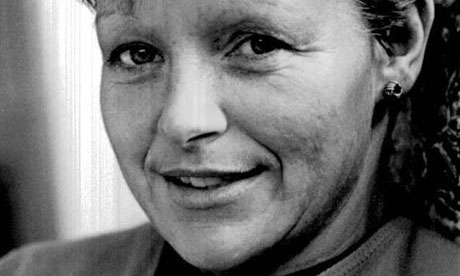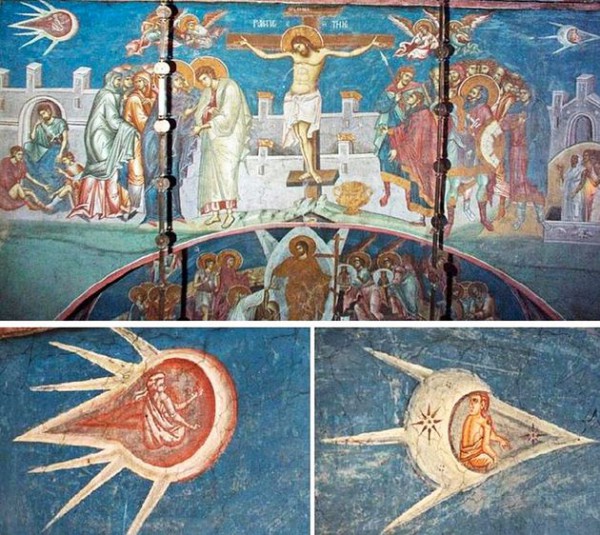Page Contents
Murders Change Societies. Make Laws.
Once in a while, there comes a murder, an assassination or any other atrocity which changes something in the society.
It brings about a positive change which creates law or a new safety division to care for the weaker sections of the society.
Here are some “Iconic Murders” which created history and also gave us new perspective towards the progression of our society.
Wife Killer
This story may sound like freshly out of British Detective stories but is a real incident. A pair of trousers were shoplifted from a pawnshop in London,1842 by a goon named Daniel Good.
A constable chased him to his stable, where he lived as a coachman. Constable began to search for the stolen pants but instead he found a scorched human torso without limbs or head under a pile of hay.
Seeing his cat was out, Good ran way, locking the constable in the stables. By the time senior lawmen arrived Good was gone.
Upon post-mortem, it was found that the torso belonged to a woman called Jane Jones. She was a pregnant common-law wife whom Daniel Good had murdered so that he’d be free to pursue his newest love.
Seeing the public frightened, Scotland Yard dedicated whole nine divisions to track Good. It was very difficult to communicate whereabouts of Good in those pre-telephonic days.
The officers of different divisions met to exchange clues about the murder. This system was lacking the swiftness required to catch Daniel Good and the newspapers mercilessly criticized Scotland Yard’s incompetence.
Police would locate Good but they weren’t fast enough to reach him and he would run away. Finally, Good was recognized by an alert citizen of Tonbridge 50 kilometers away from London.
He informed the local police and got Daniel Good arrested. Sadly, the London Metropolitan Police and Scotland Yard the police who worked day and night to catch Good were never credited.
Good was executed in May. By August, Scotland Yard had decided to improve efficiency at catching murderers like Good by setting up its first official detective force, which eventually became known as the Criminal Investigation Department (CID).
The Mouse Trap

The Mouse Trap is the world’s longest-running theatrical play based on a real-life murder. Its plot is loosely based on a murder that shocked wartime Britain in 1945.
A doctor was called to a remote farm in Shropshire, England to examine a sick child. On examination, the doctor found that the kid has been dead for hours and thus began a murder investigation.
A 13-year-old Dennis O’Neill and his 11-year-old brother, Terence were fostered by a couple Reginald and Esther Gough. Both the brothers were malnourished and borderline starved.
They both had ulcerated sores and scars that likely came from constant blows. Goughs were arrested, once the coroner determined that Dennis had died from a beating.
At first, the couples maintained that the injuries on the boys’ body were due to fighting among themselves and they were being treated for their ulcerated sores.
But at the trial, Esther Gough admitted that Dennis was dead when she called the doctor and that she’d neglected the boys on her husband’s orders.
He controlled the household, beating his wife and cruelly starving and beating the O’Neill boys nearly every night.
The jury couldn’t find any proof against Esther and so was only able to give her six months for neglect. Reginald, on the other hand, was tried for manslaughter.
On public outcry and an appeals court changed the verdict to murder. Public also called for reforms, since Reginald had a violent criminal record before the two boys were even put into his care.
This resulted in the Children Act of 1948, which established trained officers throughout Britain to ensure the healthy development of foster children and protect them from mistreatment.
Murder Of A Crime Reporter

A crime reporter was sitting in her car in a Dublin traffic jam when two men on a motorcycle pulled up alongside her, shot her to death, and sped off.
This murder shocked Ireland. The reporter was Veronica “Ronnie” Guerin and it was in the year 1996. Guerin was a crime reporter for Ireland’s Sunday Independent.
Her column exposed the crimes of Dublin’s gangster kings and drug lords, and they’d attacked her before.
Her home was attacked and she was shot in the leg. Not only Guerin was threatened, her 6-year-old son was threatened too. She was punched, shot at, attacked every possible way but was not intimidated.
These attempts only angered Guerin, who’d continued to expose the stories that gangsters wanted to be hidden. Guerin murder investigation was the largest in the history of Ireland.
Drug lord John Gilligan was the prime suspect as she had pressed assault charges against him, and he’d told friends that he wasn’t going to let her put him in jail.
The results of the investigation were far from perfect, but eventually Gilligan—along with most of the men who’d conspired to kill Ronnie—were in prison either for murder or for drug trafficking.
Because of Guerin’s murder, Parliament was forced to create the Criminal Assets Bureau (CAB) for confiscating any assets that were acquired through criminal activity.
A witness program was instituted so as protect people who wanted to testify against mob bosses would no longer have to fear for their lives. This forced many career criminals to flee Ireland.
It was reported in 2013, Sunday Independent that CAB had cost Irish crooks 250 million euros. Many countries all around the globe, especially in Europe, have adopted some or the other form of CAB.
This allows more criminals to pay the price for Guerin’s murder.











